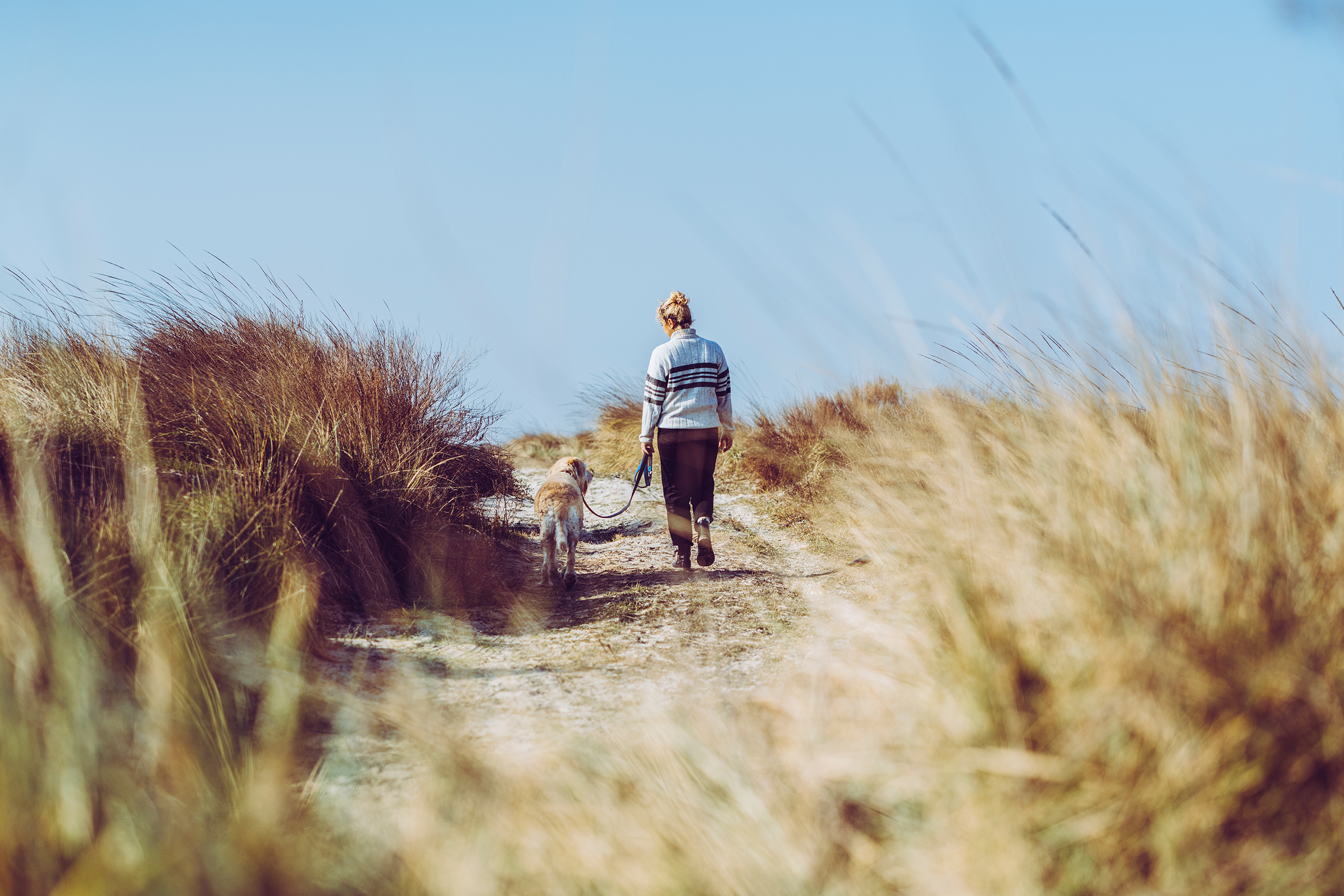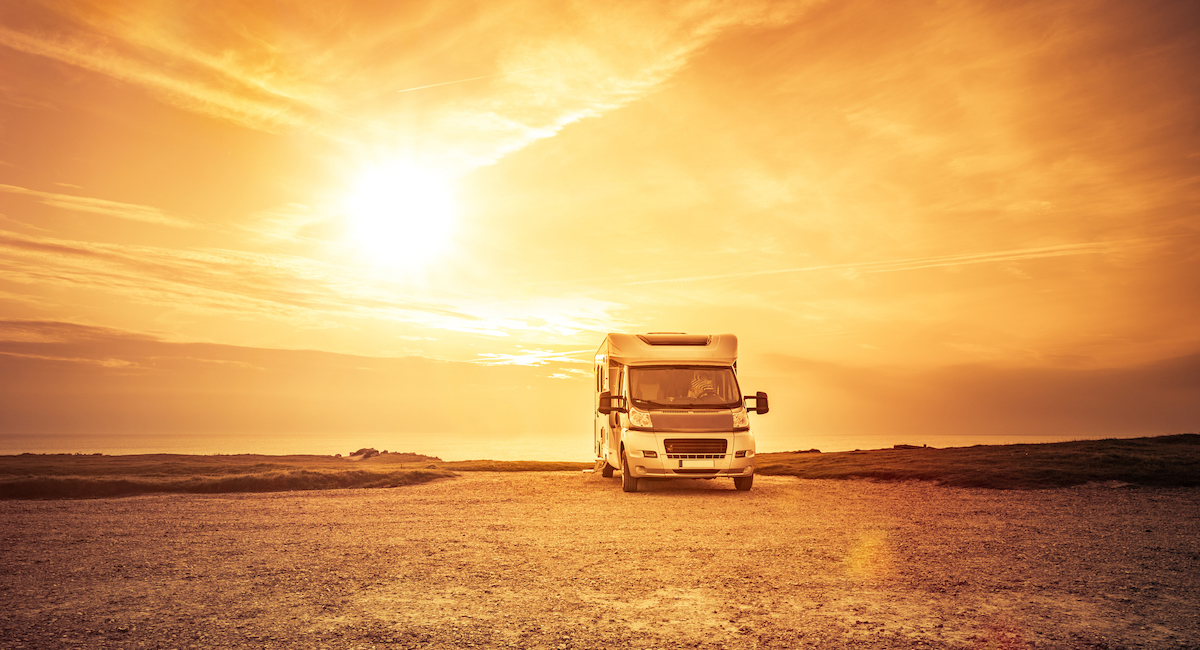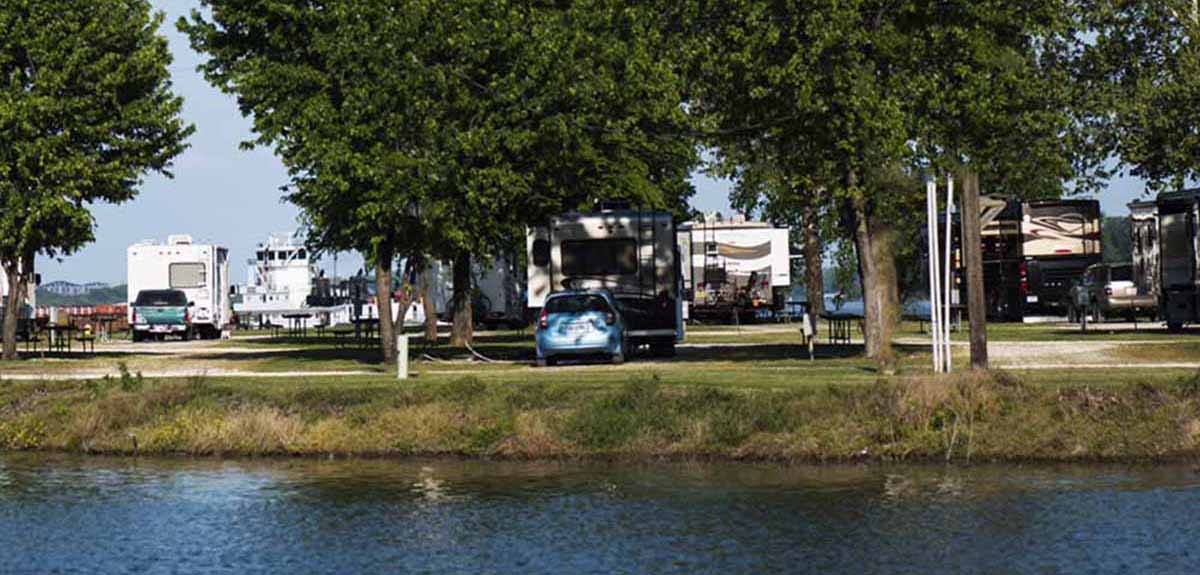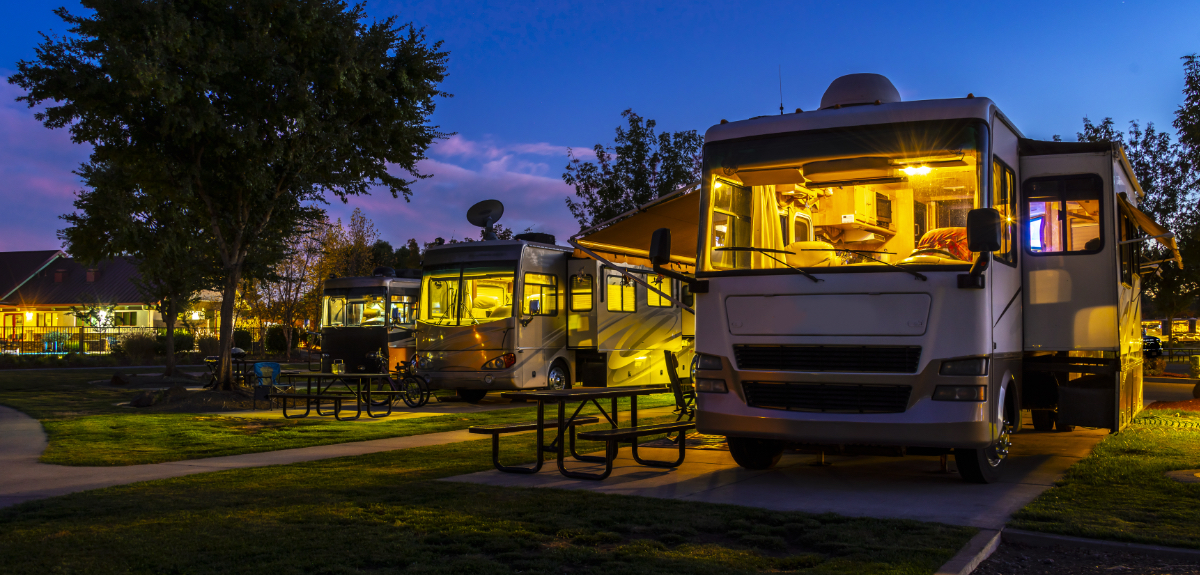New Report Shows Impact of Camping on Local Economies
Hipcamp Says Camping Brings Major Benefits for Jobs and the Environment
Image Caption: Image Courtesy of CreativeNature_nl/Getty
A new study commissioned by Hipcamp—a website and app for booking privately-owned campsites—provides insight into campers’ impact on the communities they visit. As you would expect, camping brings economic benefits to those places, but the report indicates that it is good for the environment too.
Hipcamp worked with Earth Economics—a non-profit that studies the synergy between nature and the economy—to author the new report. From March 2020 to March 2021, the two organizations monitored how campers visiting San Luis Obispo County in California impacted the community. After collecting and analyzing the data, the results were shared in a published document confirming what many of us already suspected—camping generates significant revenue. But it also shows that booking overnight stays in the outdoors has a positive environmental effect too.
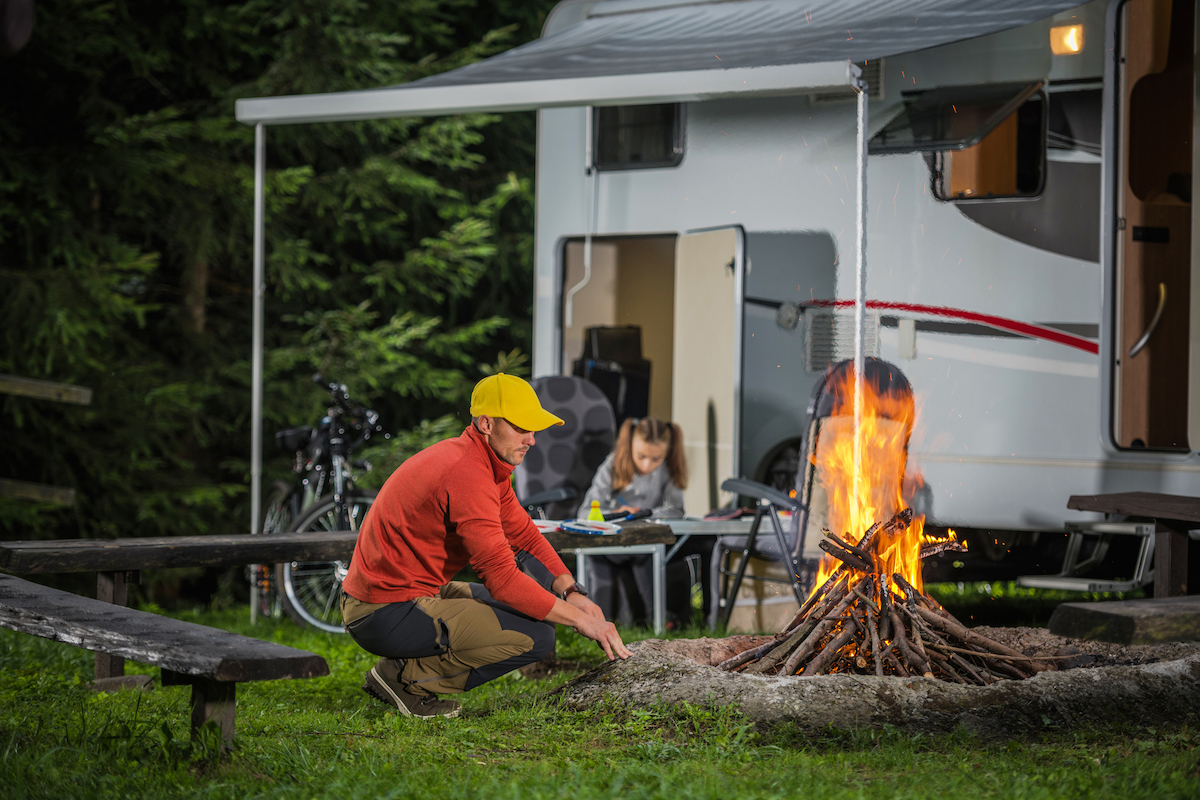
Photo Courtesy of welcomia/Getty
According to Hipcamp, 73 sites on its platform offer overnight stays in San Luis Obispo. By hosting visitors throughout the year, those sites generate $3.2 million in spending in the county. Most of that money goes to restaurants ($1.2 million) and Groceries ($828,400), although funds also trickle over to retail outlets ($426,700), recreational activities ($427,300), and transportation ($271,400). That translates to 31 jobs in the area, with an average salary of $31,100 per year—23% above the county’s median income level.
Those numbers are impressive, but the environmental impact of hosting campers in the area is even more eye-opening. Hipcamp’s research shows that local landowners currently list more than 85,000 acres of land for RVers, tent campers, and cabin rentals. While maintaining that land for overnight stays, those owners create cleaner air and water and provide natural habitats for wildlife. When measuring the value of those efforts, the report estimates that they generate $274 million in benefits for the county annually. That equals roughly $3,230 per acre.
“Private land plays an important role in conservation,” said Hipcamp Head of Government and Community Relations Mason Smith in a press release. “When Hipcamp partners with landowners to host campers, those landowners gain a revenue stream that enables them to keep their land intact, benefitting surrounding communities in myriad ways. We’re thrilled to share our understanding of the quantifiable benefits Hipcamp brings to counties like San Luis Obispo.”
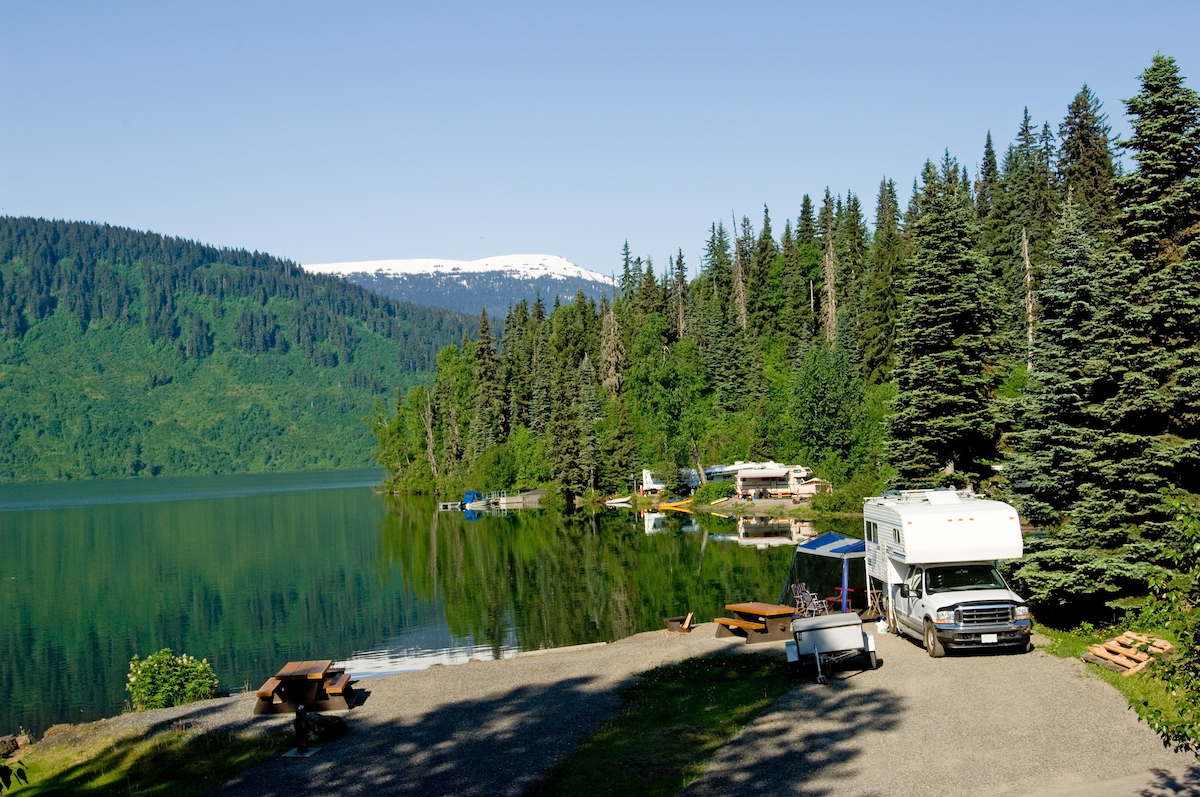
Photo courtesy of Tashka/Getty
Other stats of note; Hipcamp users spent 29,000 nights outside in San Luis Obispo last year, equating to an average of $10,300 in revenue for the campsite hosts. Visitors spend an average of $300 per stay in local gear shops, restaurants, and other outlets. The company also drove over $31 million in earnings to landowners across the US and $172 million in spending in local communities.
Read the economic impact summary and ecosystem services impact summary for more information. And visit the Hipcamp website to join its growing community of RVers and tent campers.

Kraig Becker is a writer in the RV, outdoors, and adventure travel space. Over the course of his career he has contributed to such outlets as Popular Mechanics, Outside Online, Business Insider, TripSavvy, Digital Trends, GearJunkie, The Adventure Blog, and countless others. And avid runner and cyclist, he enjoys camping, hiking, mountain biking, kayaking, and just about any other outdoor activity. His travels have taken him to seven continents and on many amazing adventures.

